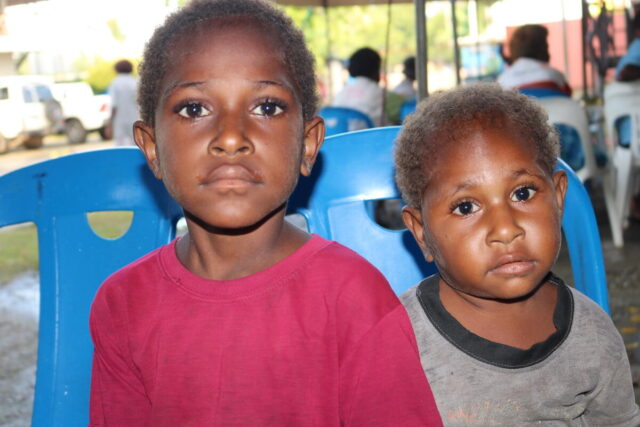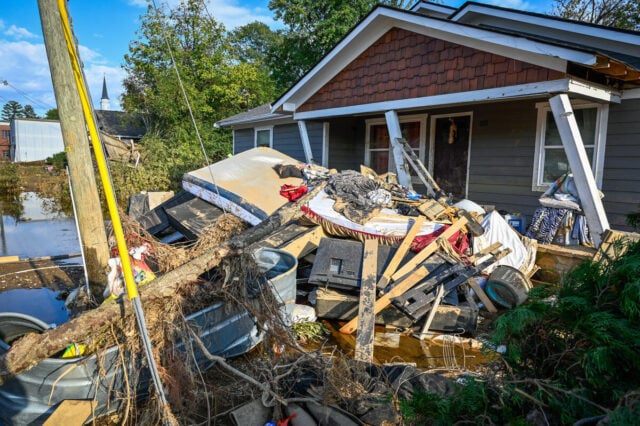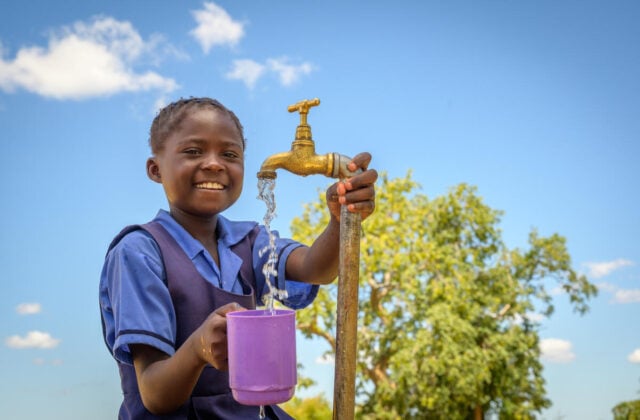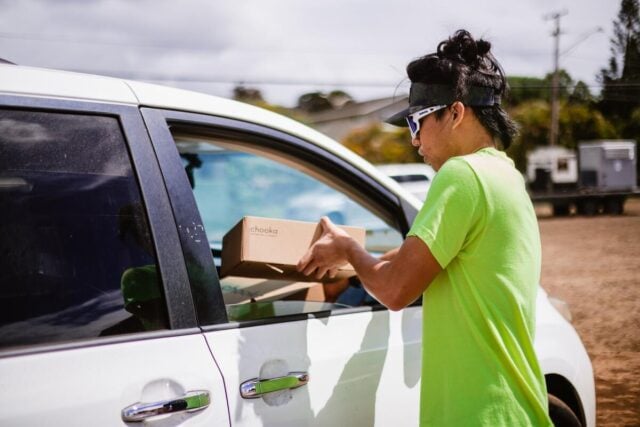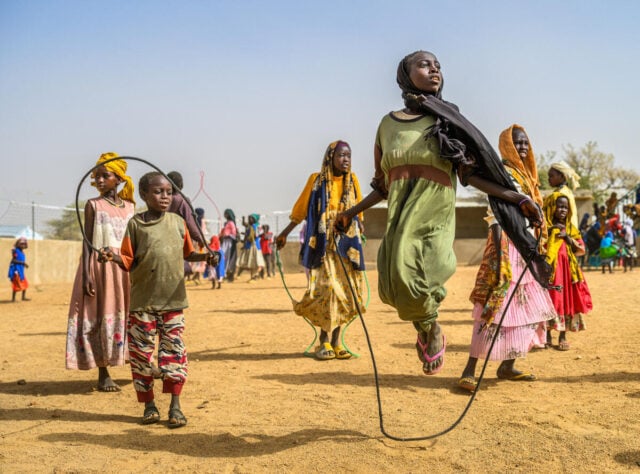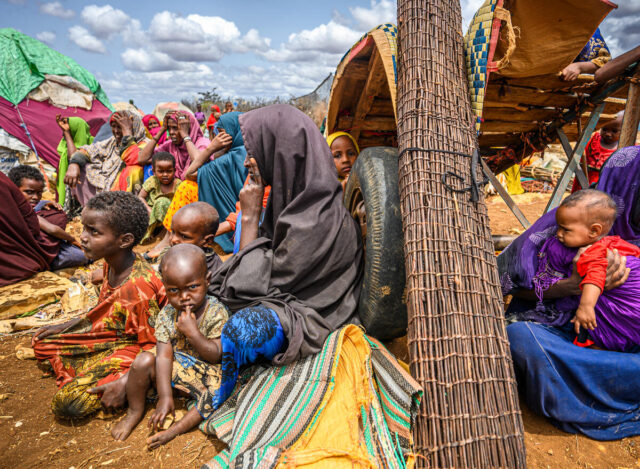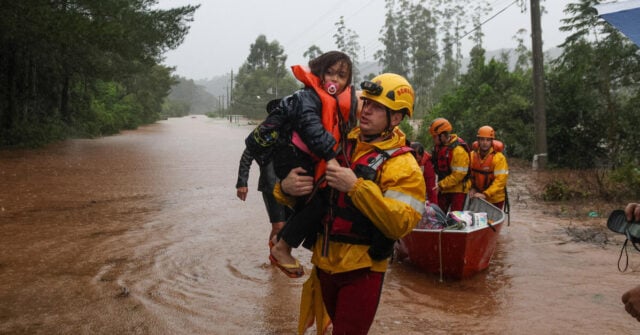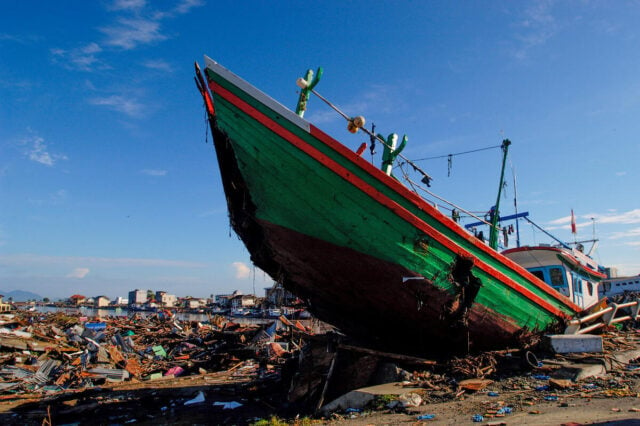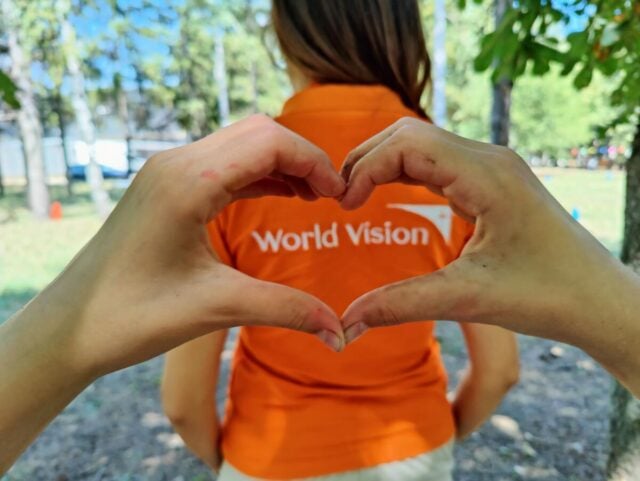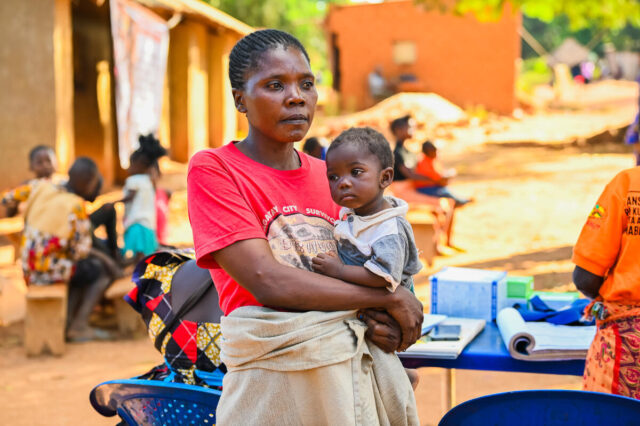Despite being a preventable disease, tuberculosis claims the lives of numerous children annually, either due to delayed diagnosis or lack of treatment. Discover key facts about TB, particularly in children, where the disease develops rapidly.
News & Stories
Extreme weather: Helping communities recover and rebuild
Extreme weather events threaten lives and livelihoods worldwide. Discover how World Vision helps communities recover, rebuild, and prepare for future disasters through emergency relief, resilience-building, and sustainable solutions.
Global water crisis: Facts, FAQs, and how to help
Access to clean water is essential, yet the global water crisis means many people are struggling to get the quantity and quality of water they need. As the leading nongovernmental provider of clean water in the developing world, World Vision aims to reach 30 million people with clean water between 2023 and 2030. Learn key facts about water, how water scarcity impacts vulnerable communities, and how you can help end the global water crisis.
Wildfires: Facts, FAQs, and how to help
Wildfires affect many parts of the U.S. and the world and are capable of decimating landscapes and upending lives and communities. Learn about the causes and effects of wildfires. Explore resources to prepare for unexpected wildfires. Discover how World Vision reaches communities impacted by wildfires and other disasters, and find out ways to help.
Sudanese refugee children reclaiming their childhood
World Vision is providing crucial child protection support, including Child-Friendly Spaces, to vulnerable children affected by the Sudan conflict. Our programs extend to both Sudan and Chad, where refugee numbers have surged since April 2023.
10 of the top disasters of 2023
In 2023, World Vision responded to 78 disasters in 59 countries, helping more than 35.8 million people with relief aid they needed to survive. Learn more about some of the top disasters of 2023. In the United States alone, our programs also supported over 93,700 people during 15 emergencies.
11 top disasters of 2024
In 2024, tens of millions of people worldwide faced extreme challenges. Floods devastated communities, landslides destroyed villages, and wars and conflict exacerbated suffering, hunger, and poverty. Learn about the top disasters, their global impact, and how World Vision is making a difference in vulnerable communities.
From destruction to hope: 20 years after the Indian Ocean tsunami
In 2004, a massive undersea earthquake off the coast of northern Sumatra, Indonesia, triggered colossal tsunamis that inundated coastal areas across the region, catching communities off-guard and causing widespread destruction. One of the most devastating natural disasters in recorded history, the Indian Ocean earthquake and tsunami impacted multiple countries and claimed hundreds of thousands of lives. Read about how World Vision responded and our ongoing efforts in the region.
Crisis worldwide: More refugees’ stories
According to UNHCR estimates, the number of forcibly displaced people worldwide exceeded 120 million in April 2024 — a historic high. Among those displaced, 40% are children. This alarming fact underscores the importance of prioritizing children’s needs amid displacement. We know that all children, including each of the approximately 47 million who are displaced, have inherent worth and God-given potential. Read about three kids currently experiencing displacement, and how they and their families exemplify resilience and unyielding spirit.
Mpox outbreak: Facts, FAQs, and how to help
The World Health Organization declared a global health emergency due to an mpox outbreak in over a dozen African countries, with the Democratic Republic of the Congo (DRC) reporting over 15,600 cases and 537 deaths in 2024. Learn more about what mpox is, which groups are most affected, and how World Vision is responding.
